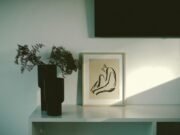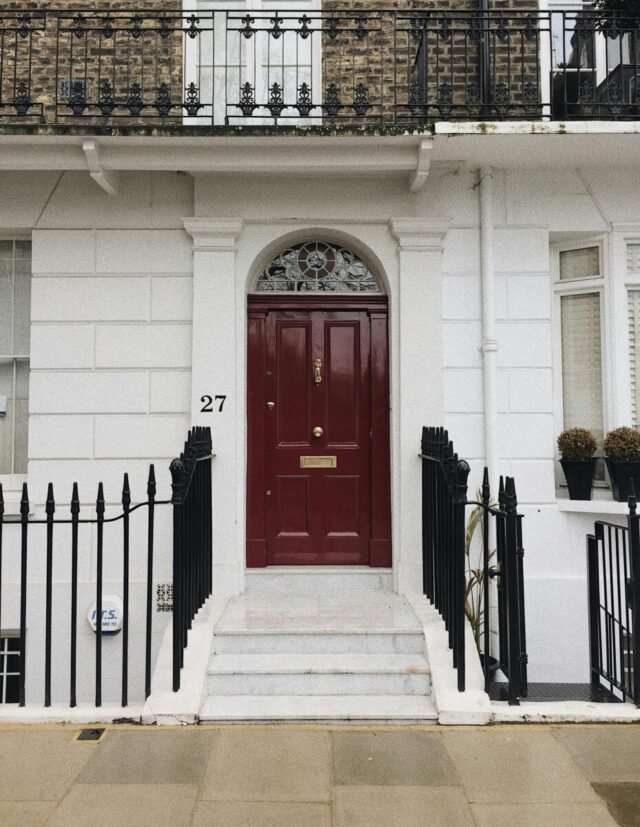The entryway is the first space guests see when entering your home, so making a great first impression here is essential. A tidy and functional entryway not only looks welcoming, but also helps keep your home organized by providing smart storage solutions. With some planning and organization, you can create an entryway that is both aesthetically pleasing and highly practical, whether you have a small or large space to work with.
The Importance of a Tidy and Functional Entryway
A well-designed entryway serves several important purposes. First impressions matter, so a tidy and organized entryway immediately gives guests a sense that the rest of the home will also be clean and tidy. An entryway that is free of clutter with everything in its place presents a welcoming environment right from the start.
In addition to aesthetics, a functional entryway also provides necessary storage. Keys, bags, shoes, coats, umbrellas and other items need a designated spot to prevent clutter from accumulating right inside the front door. Sufficient storage such as hooks, shelves, baskets and cabinets helps keep the entry looking neat and makes it easy for you to stay organized.
Finally, the entryway sets the tone for the rest of the home. If the first thing you see is disorder, it can feel stressful and make the home feel smaller. A thoughtfully organized entryway creates a sense of calm and order, allowing you to start your day off right as you move through the home.
Essential Elements of a Tidy and Functional Entryway
Several design elements come together to create an entryway that is both attractive and highly functional. Key features to include are:
Storage
This is likely the most essential element to make any entryway tidy and usable. There should be a spot for shoes, coats, umbrellas, keys, bags, mail, etc. Built-in storage like cabinets, lockers and cubbies keep items organized and out of sight. Freestanding furniture like benches, racks and consoles also provide storage while serving as decorative focal points.
Lighting
Proper lighting is important for both aesthetics and function. Accent lighting highlights architectural details or artwork to make the space feel welcoming. Adequate overhead lighting lets you see clearly when coming and going. Consider layering ambient, task and accent lighting.
Seating
Having a place to sit while removing shoes or getting ready to head out is useful. Benches and stools give you a spot to perch in the entryway. Make sure to allow enough clearance so the area doesn’t feel cramped.
Flooring
The flooring should be durable and easy to clean since the entryway sees a lot of traffic. Tile, wood, vinyl, concrete and other hard surfaces hold up well. Provide an area rug or mats for removing wet or muddy shoes.
Mirrors
Strategically placed mirrors visually expand the entryway. They also let you do a final check of your appearance before heading out the door.
Wall Organization
Use the wall space to hang frequently used items like keys on hooks or a decorative coat rack. Baskets and wall shelves hold other small items to keep them off the floor.
Entryway Design Ideas for Different Spaces
Entryway layouts vary greatly depending on the size and architectural style of your home. Here are some great design ideas to make the most of your unique entryway.
Small Entryways
- Built-in cabinetry: Use every inch of wall space for narrow custom cabinets to hide clutter.
- Multi-purpose furniture: Opt for benches or stools with storage inside to save space.
- Coat racks: Hang coats vertically on a rack mounted to the wall.
- Wall-mounted storage: Shelves and racks keep bags, shoes and other items off the floor.
- Mirrors: Hang a full length mirror to make the entry appear larger.
Large Entryways
- Console table: A long narrow console provides storage and style. Top it with decor and a lamp.
- Seating area: A bench, chairs or stools create a place to pause when entering.
- Display table: Show off decorative items on an entryway table behind the front door.
- Rug: Define the entryway area with a large area rug.
- Artwork: Fill wall space with oversized artwork to make a statement.
Entryways with Unique Layouts
- Corner storage: Use a corner coat rack or cabinet to take advantage of angled layouts.
- Narrow table: A skinny console, wall-mounted shelf or floating shelf fits in tight spaces.
- Half wall: Create separation from the living room with a half wall and pass-through.
- Pocket doors: Install sliding doors to hide clutter while saving floor space.
- Multi-purpose furniture: Ottomans and benches with storage customize small or irregular layouts.
Entryway Storage Solutions
There are many creative storage solutions to keep your entryway free of clutter while also adding style.
Entryway Benches
Benches provide seating and often have storage space inside. Some designs have lift-up lids or slide out drawers to stash items out of sight. Place a bench near the door to sit while removing shoes.
Coat Racks
Coat racks mounted to the wall or placed on the floor provide designated spots to hang outerwear. Choose racks with shelves above or below to also store hats, bags and shoes. For small entryways, opt for space-saving fold down racks.
Consoles
The long narrow shape of console tables fits perfectly in entryways. Their tabletop provides a spot to drop keys and other items when coming inside. Look for consoles with built-in drawers or cabinets for concealed storage.
Cubbies and Lockers
Cubbies or lockers give each family member a personalized storage spot. They are great for stashing shoes, hooks for coats, shelves for smaller items and rods for hanging bags. Built-in cubbies maximize unused space.
Wall Rails and Shelves
Take advantage of vertical wall space with rails and floating shelves. Rails with S-hooks allow bags and coats to slide across the length of the rail. Shelves are ideal for baskets to corral smaller items like gloves and scarves.
Entryway Organization Tips
A few habits and home organization tricks will help you maintain a tidy entry over time:
- Declutter frequently – Do a quick purge of accumulated items every week. Donate unused coats and shoes, recycle junk mail and shred old documents.
- Assign a “home” for items – Ensure everything has a designated spot so items don’t end up randomly placed.
- Use baskets and bins – Contain loose items like scarves, gloves and mail in baskets to hide clutter.
- Hang items – Use wall space to hang coats, keys and bags so surfaces stay clear.
- Deal with items immediately – Put away shoes and hang up coats as soon as you walk in the door.
- Add a drop zone – Have a small table or tray to toss keys, sunglasses and other items when entering.
- Consider traffic flow – Ensure your layout allows for a clear path entering and exiting.
Conclusion
The entryway sets the tone for the rest of your home, so investing some time to organize and decorate this space is well worth it. Follow the design principles and organizational tips outlined here to create a tidy and functional entryway. Your guests will be impressed and you’ll reap the benefits of an organized, uncluttered space every time you come home. A few simple upgrades like new lighting, storage furniture and some wall organization can make a huge impact. With an inviting, well-designed entryway you’re sure to start each day off on the right foot.































